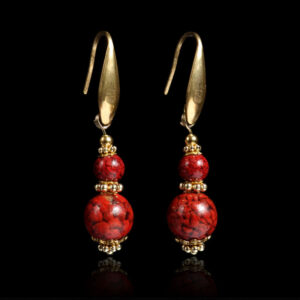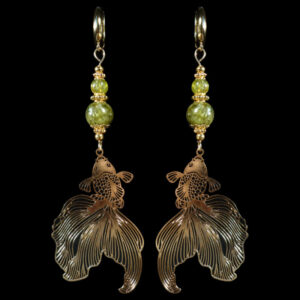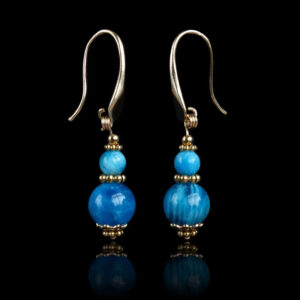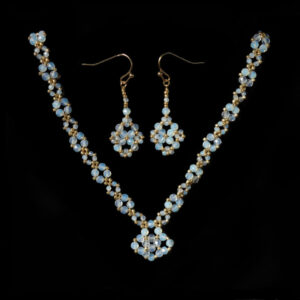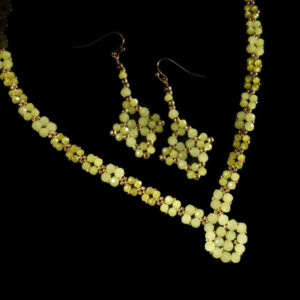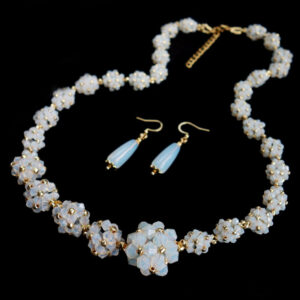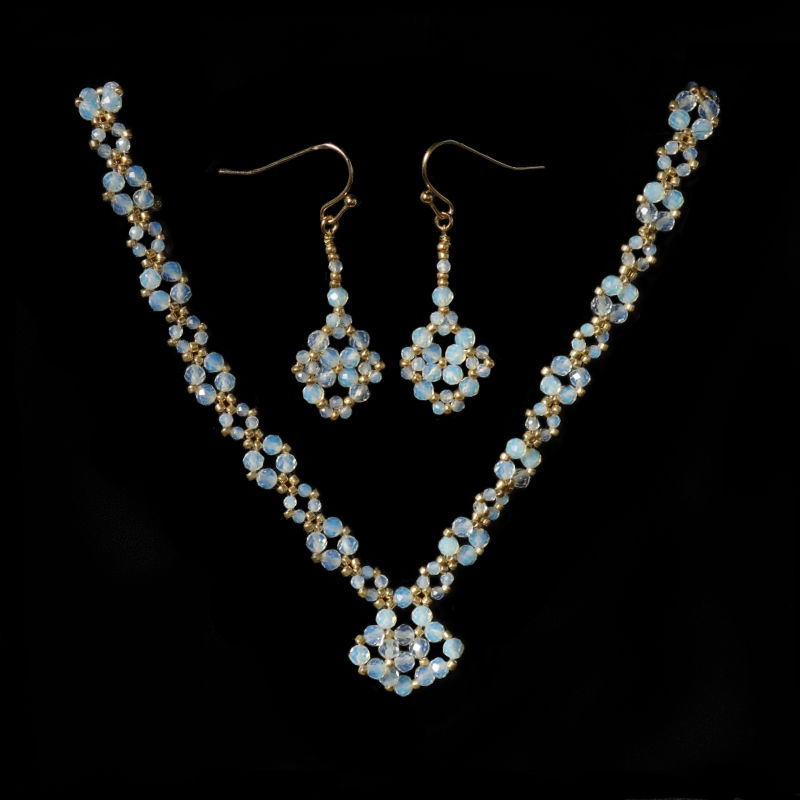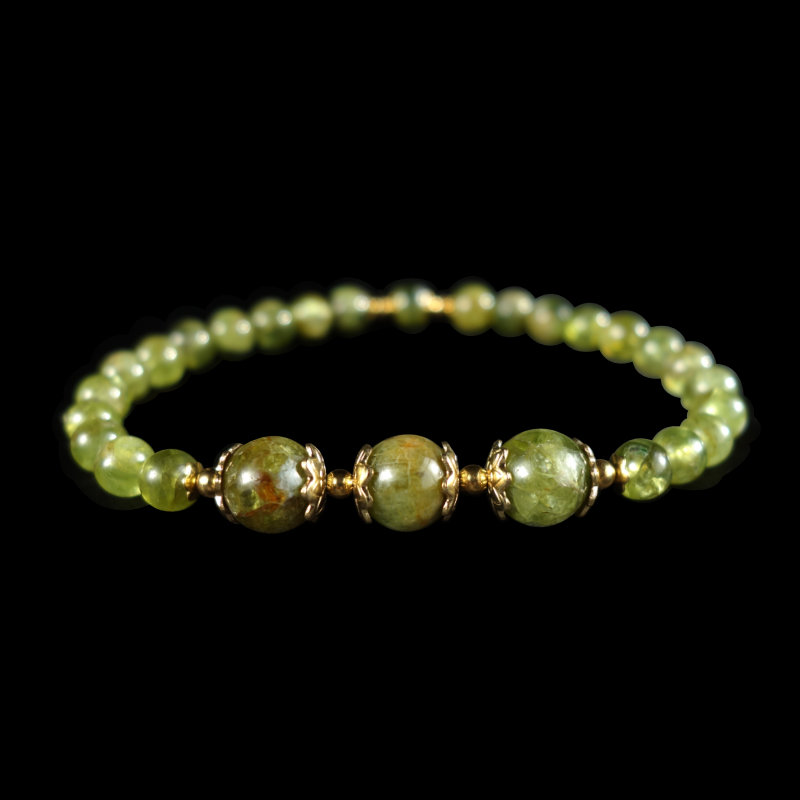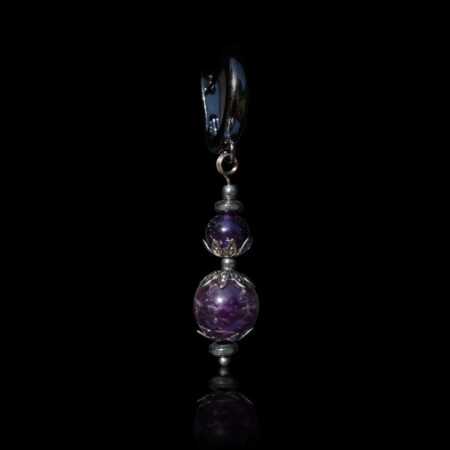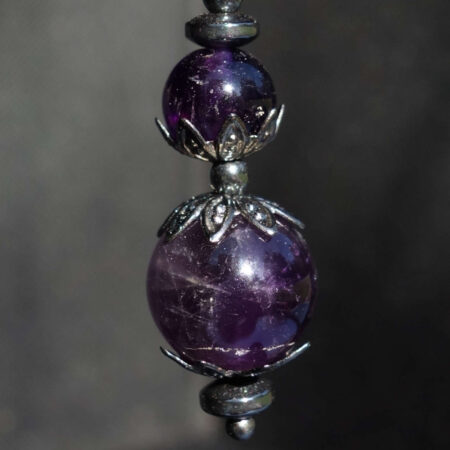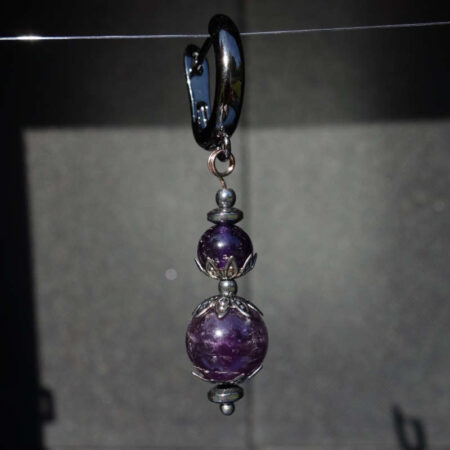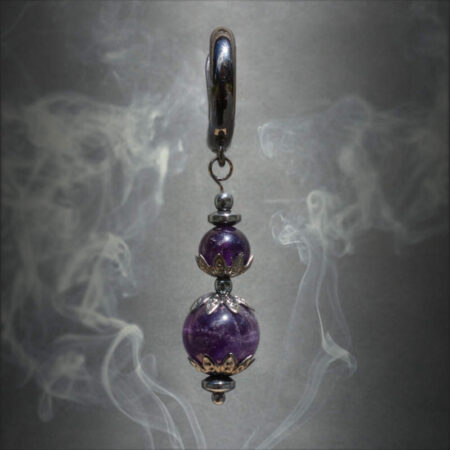The Amethyst Earring, a bold singlet, shines with 6mm and 10mm natural beads, radiating spiritual serenity and unwavering courage. Its violet glow fosters resilient wisdom. Paired with a stainless steel stud, the black-finish lyre leverback ensures steadfast elegance. Designed and crafted by Silvi Simberg for the Revolutionista 13724 Collection.
The earring weighs 3.6g (0.127oz) and measures 10x48mm (0.394×1.900in).
Main Stone Information
Birthstone of February
Zodiac Stone of Aquarius, Capricorn, Pisces & Sagittarius
Cosmic Junction: Jupiter, Neptune, Pluto
Names: Purple Quartz, Violet Sapphire, Bishop’s Stone, Stone of Sobrius, Amethustos, Wine-Stone, Lavendine, Siamite, Bacchus Stone.
Awakened Amethyst’s Properties:
Peace, Stability and Spiritual Awareness
Amethysts conduct and amplify peaceful, stable and spiritual energies. Awakened Amethyst occurs when the Sun is in the constellations Aquarius, Capricorn, Pisces & Sagittarius, or in the planets Jupiter, Neptune and Pluto.
Amethyst’s Origin Story:
In the demiurge’s shadowed forge, the archon Yao wove Amethyst’s violet depths to enslave souls to unjust toil and eventually damn them to the Tartarus Region (Neptune & Pluto). He used the stones to cloud minds with Apathy (50/1000), chaining spirits to Nihilism.
Norea the Joyful manifested to Mystic-Saint Teresa of Ávila’s prayers, infiltrated Yao’s realm to bathe the Amethyst in Pleroma’s radiance, transforming its purpose.
No longer a tool of entrapment, Amethyst became a rebel’s talisman. Its violet glow challenges Yao’s oppression, urging spiritual pirates to pierce the veil and awaken others. For those who wear it, Amethyst is a spark of rebellion against demiurgic oppression through peace, stability and spiritual awareness.
“Clarity unveils the soul’s eternal home.“
Size Guide

Oathfeed Classic Two-Bead Design
6 & 10mm beads, in some cases the size of the stone beads may vary +-1mm.
Hook lengths range between 1cm basic hooks, 1.5+cm English Locks, 2cm silver hooks – refer to the product photos.
On Earrings’ Weight Principles
In principle I keep the weight below 5 grams per earring, so it doesn’t stretch or hurt your ears even if you wear it the whole day. Occasionally, for some designs, that weight limit exceeds by a gram – every pair has their specific weight marked under the general description or “dimensions” tab.

